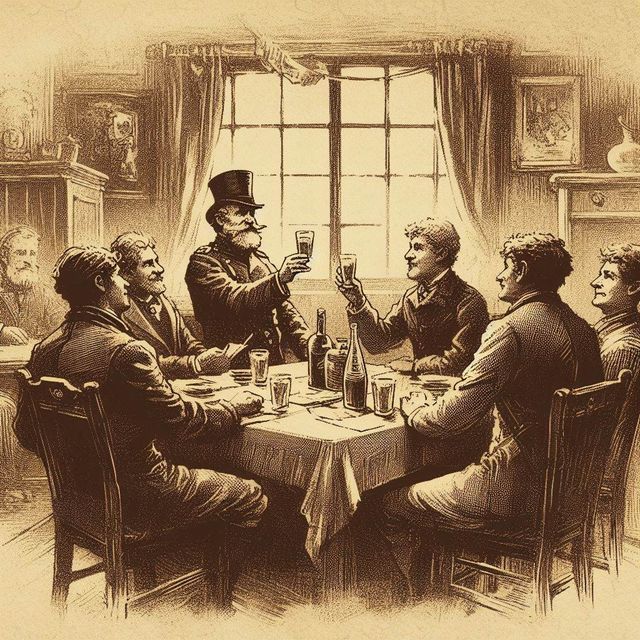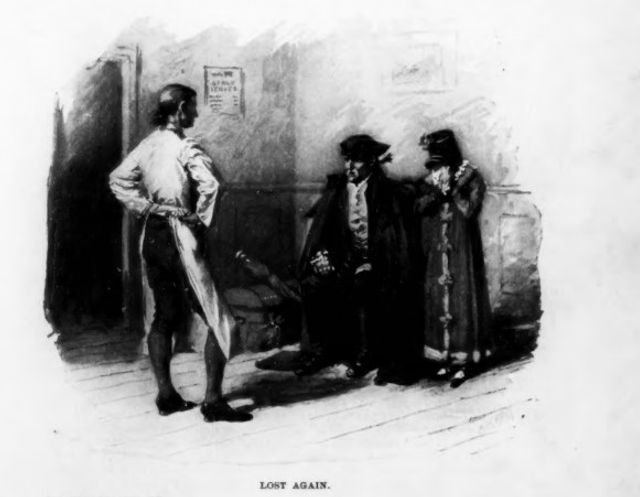-
Vijay Fafat
- Published on
A soldier, an artist, a journalist and a professor of mathematics are four school-buddies meeting up after 10 years, on a day which also happens to be Jack, the soldier’s birthday. As they raise a toast to him as the clock strikes midnight, the soldier mentions that his real birthday was yesterday, and with the celebratory toast going over midnight, he has effectively had a 3-day birthday, asking his friends to try a 4-day stretch the next time. So then the mathematician speaks and says,
“A quadruplex birthday will be odd enough, I grant you,” he began, “ but I don’t think it quite as remarkable as the case of the lady who had no birthday for sixteen years after she was born.”
Thus it becomes a mathematical problem. Combined with some geographical and leap-year calculations, one is led toward a solution reminiscent of a minor Asimovian tale. The kicker comes in the end as an unwitting but sharp commentary on today’s fake-news problem:
“ I say,” the journalist began, “ that yarn about your grandmother was very interesting. It is an extraordinary combination of coincidences. I can see it in the Sunday paper with a scare-head
‘ SIXTEEN YEARS WITHOUT A BIRTHDAY !’
“Do you mind my using it ?
“ But it isn’t true,” said the professor.
“ Nott true?” echoed the journalist.
“ No,” replied the mathematician. “ I made it up. I hadn’t done my share of the talking, and I didn’t want you to think I had nothing to say for myself.”
“ Not a single word of truth in it ?” the journalist returned.
“ Not a single word,” was the mathematician’s answer.
“ Well, what of that ?” the journalist declared. “ I don’t want to file it in an affidavit —I want to print it in a newspaper.”
End-Note: Alex Kasman had raised an objection that this tale was not mathfiction since simple references to a mathematician and birthday-geography would not make for mathfiction. I have a slightly different view. The fact that the puzzle-poser is a mathematician is not as relevant to the story, though I do think that in that time period of late nineteenth century, referencing a mathematician was an important clue that the writer considered the tale to be of numerical / mathematical bend. The process of unraveling what is essentially a calendar number problem (coupled with a bit of geography of international dateline) gives it an overall feel of a small mathematical puzzle. I suspect 90 out of 100 will walk away thinking they had read something quantitative. Given its antiquity, I think it makes sense to include it. But as always, the reader should decide for herself.

